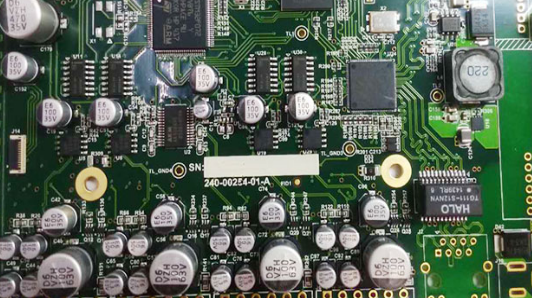Desoldering techniques for PCBA processing: With the development of the market economy and the growth of various aspects of life, PCBA processing may not be very familiar to everyone. Today, I will talk to you about the topic of PCBA processing. Everyone knows the demolition of PCBA processing. Are there any welding methods? What are the common problems? Introduction of desoldering skills in PCBA processing 1. Basic principles of desoldering: Before desoldering, you must figure out the characteristics of the original solder joints, and don't do it lightly. (1) Do not damage the components, wires and surrounding components to be removed; (2) Do not damage the PCB pads and printed wires during desoldering; (3) Cut off the electronic components that have been judged to be damaged. Removal of the pins can reduce damage; (4) Try to avoid moving the positions of other original devices, and restore them if necessary. 2. The main points of the desoldering work: (1) Strictly control the heating temperature and time to avoid high temperature damage to other components. Generally, the time and temperature of desoldering is longer than that of soldering. (2) Do not use excessive force when desoldering.

The package strength of components under high temperature decreases, and excessive pulling, twisting, and twisting will damage components and pads. (3) Absorb the solder on the desoldering point. You can use a solder suction tool to suck the solder and unplug the components directly, reducing the desoldering time and the possibility of damaging the PCB. 3. Desoldering method: (1) PCBA processing split-soldering method. For horizontally mounted resistance-capacitance components, the two soldering points are far apart, and an electric soldering iron can be used for heating at points and pulling out point by point. If the pin is bent, use the tip of a soldering iron to pry it straight before removing it. When desoldering, stand up the PCB, heat the pin solder joints of the component to be removed with an electric soldering iron, and use tweezers or needle-nose pliers to clamp the pin of the component and gently pull it out. (2) PCBA processing centralized desoldering method. Since each pin of the row resistor is soldered separately, it is difficult to heat it at the same time with an electric soldering iron. You can use a hot-air welder to quickly heat several soldering points, and once the solder is melted Unplug. (3) PCBA processing retains the desoldering method. Use a suction tool to first suck the solder from the desoldered point. Under normal circumstances, components can be removed. If you encounter multi-pin electronic components, you can use an electronic hot air blower for heating. If it is a lap-soldering component or pin, you can dip flux on the solder joint, and open the solder joint with an electric soldering iron, and the component pin or wire can be removed. If it is hook-welded components or pins, first use an electric soldering iron to remove the solder from the solder joints, and then heat with an electric soldering iron to melt the residual solder under the hook, and at the same time use a spatula to lift the pins in the direction of the hook line. Do not use excessive force when prying to prevent the melted solder from splashing into the eyes or on the clothes. (4) Cut off the PCBA component pins and wires on the desoldered joints by cutting and desoldering method. If there is a margin, or if the components are damaged, you can cut off the components or wires first, and then remove the wire ends on the pads. Come down. 4. Problems that should be paid attention to when re-soldering after desoldering (1) The pins and wires of the re-soldered components should be as consistent as the original ones; (2) Through the blocked pad holes; (3) The components that will be moved Restore.